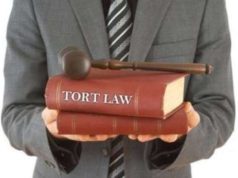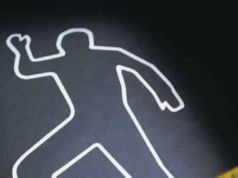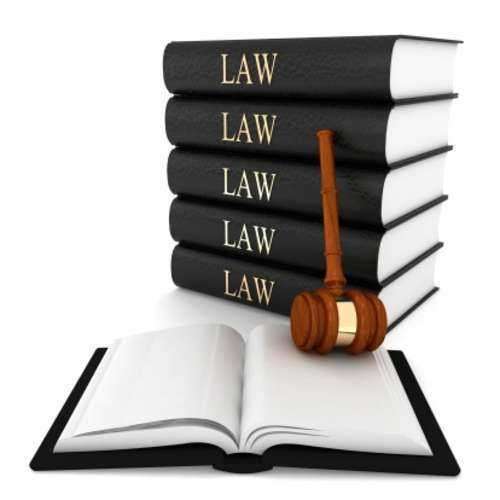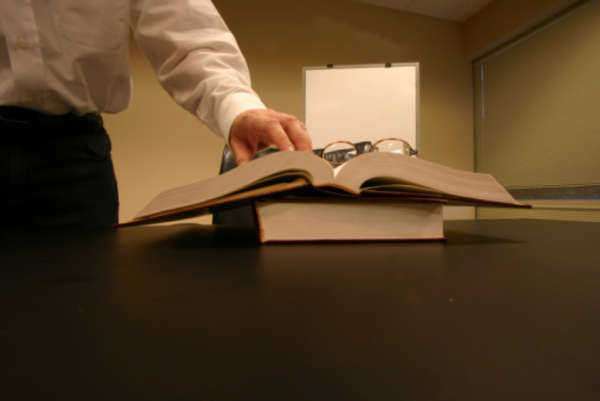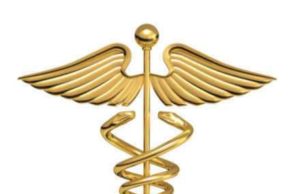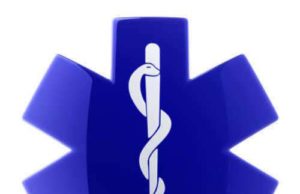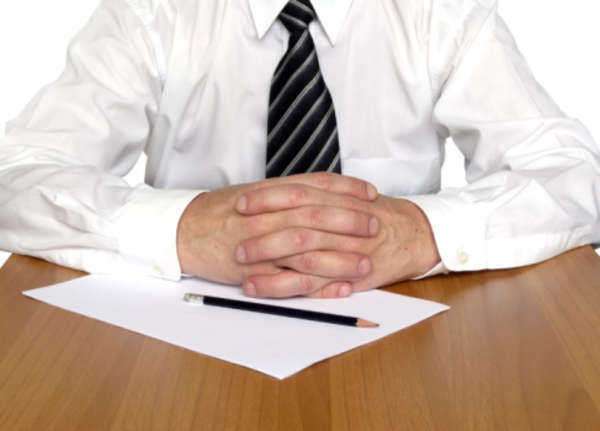
Professional negligence refers to the failure of a professional to provide a reasonable standard of care to a client, resulting in harm or loss. It’s a serious issue that can not only harm the client but can also damage the reputation and credibility of the professional. In this article, we will explore some facts and important considerations regarding professional negligence.
Definition of Professional Negligence
Professional negligence involves a failure by a professional, such as a doctor, lawyer, or accountant, to provide reasonable care to their clients. It means that the professional has breached their duty of care, and as a result, caused harm, loss, or damage to their clients.
Who can be Held Responsible?
In general, any professionals who provide services to clients can be held responsible for professional negligence. This includes lawyers, doctors, accountants, architects, engineers, and many other professions. However, it’s important to note that only those who have a professional relationship with the client can be held accountable.
Types of Negligence
There are different types of professional negligence, including:
– Misfeasance: When a professional does something that they shouldn’t have done.
– Nonfeasance: When a professional fails to do something that they should have done.
– Malfeasance: When a professional intentionally does something wrong.
Legal Action
A client who has suffered harm or loss due to professional negligence can take legal action against the professional. The client needs to prove that the professional had a duty of care, breached that duty, and the breach caused harm or loss to the client. The client can seek compensation for the damages incurred.
Preventing Professional Negligence
One of the best ways to prevent professional negligence is to follow specific guidelines and standards set by governing bodies. Professionals should also keep up-to-date with current practices and be aware of any potential risks or dangers associated with their work.
Conclusion
Professional negligence can have serious consequences for both the client and the professional, and is an important topic that should not be ignored. Professionals must take the necessary steps to ensure they are providing reasonable care to their clients and follow the specific guidelines set by governing bodies. Understanding the risks of professional negligence and taking appropriate preventative measures can help protect the interests of both the client and the professional.
What is Professional Negligence?
Professional negligence is a breach of the duty of care between professionals and their clients. The duty of care is a common law arrangement where the client expects a level of professionalism and standards commonly held by those in the profession. The most common term for medical professional negligence is medical malpractice. For this instance, the patient expects the doctor and his subordinates to adhere to standards that would prevent undue harm and distress to patients under his or her care. Negligence on the part of the doctor while performing his duties as a professional is malpractice, which breaches the duty of care that the patient has put in the doctor and will involve legal penalties.
What is a “Duty of Care”?
Duty of care is a broad legal definition that protects individuals from others that engage in activities that could potentially harm others if proper precautions are not taken. This ranges from operating a moving vehicle to performing surgery. This also covers situations where individuals may suffer economic or emotional damage due to poor advice or conduct. a manufacturer has a duty of care to the consumer as the consumer will assume that product he or she is buying is safe and adheres to standards set by the government and common practices. The standard for this was set in the case of Donoghue v Stevenson where a ginger beer manufacturer allowed a snail into Stevenson’s bottle. British courts ruled that Stevenson was owed a duty of care by Donoghue to ensure the safety of his manufacturing process to his customers.
What are Other Forms of Professional Negligence?
A lawyer may engage in legal malpractice if he not only deploys a questionable legal strategy but also makes critical errors that no “reasonable attorney” would make. In a case such as this, an expert witness may be necessary to prove that the lawyer was negligent and breached his duty of care with his client. Similarly, any instance where a client relies on a professional to fulfill his or her duty of care can be a form of professional negligence if the professional commits an egregious breach of conduct. by this definition, a professional that dispenses poor investing advice while breaching the common duty of care placed in financial advisors, then the client is entitled to damages. If a mental health professional behaves unethically and violates common practice, than he too has engaged in malpractice. Lastly, builders and architects maintain a duty of care with owners and tenants to ensure that the building they erect will adhere to government regulations and common practices for the construction of buildings.




